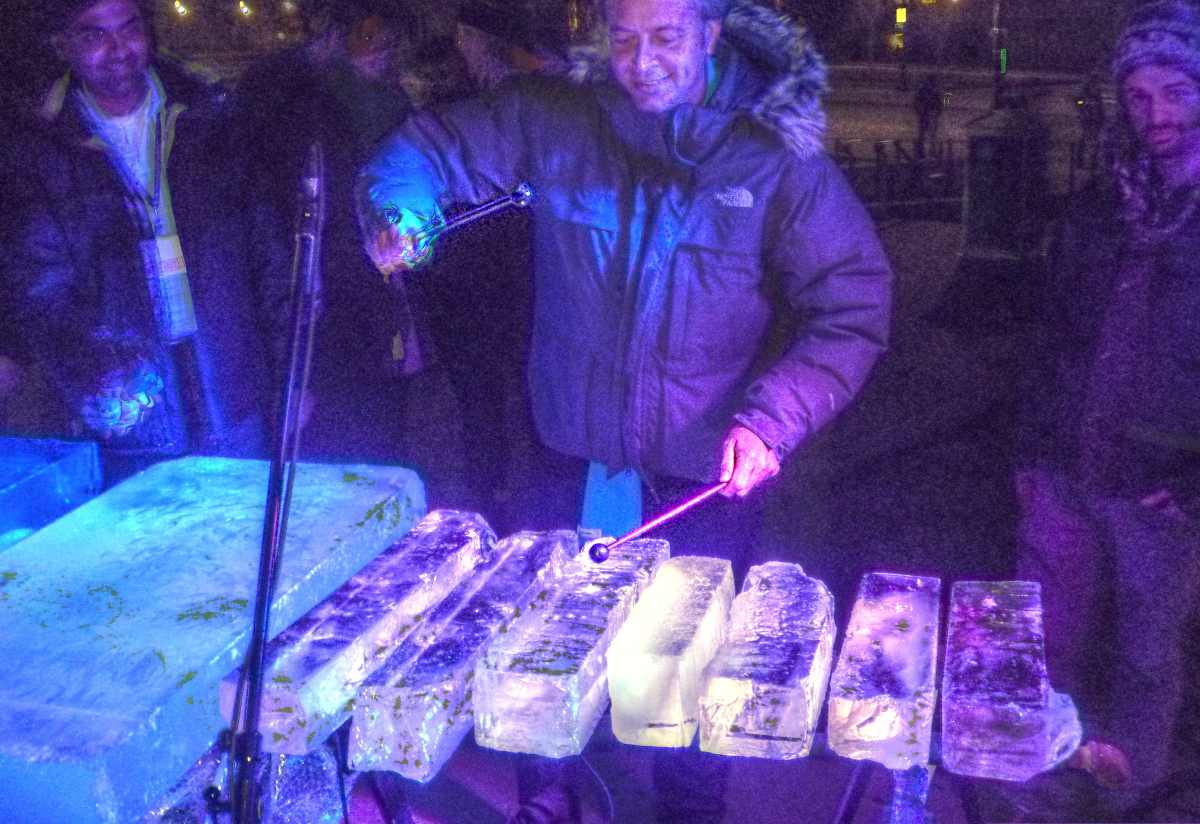
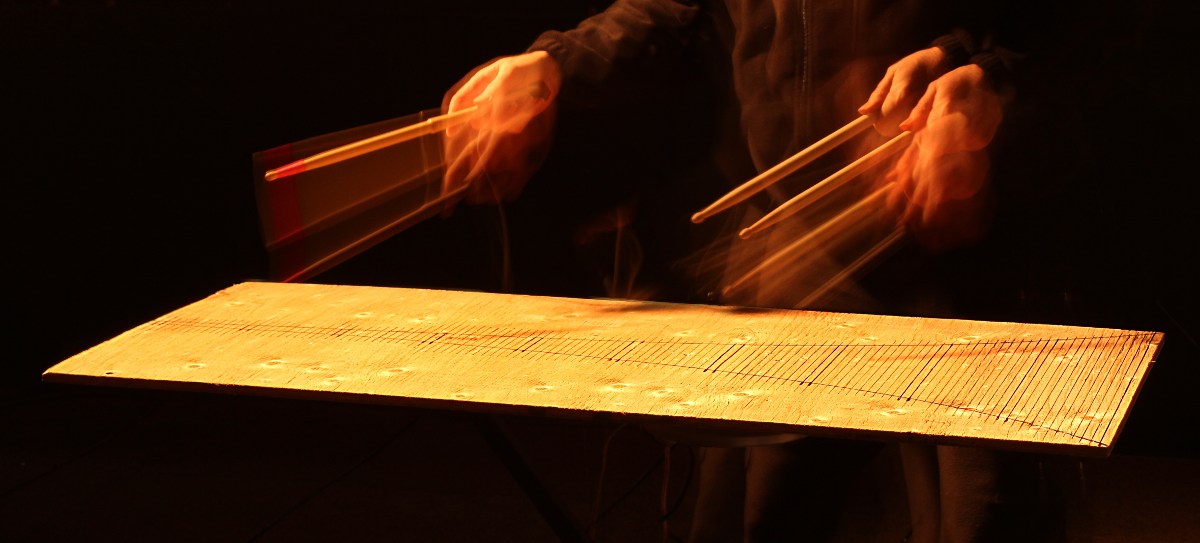
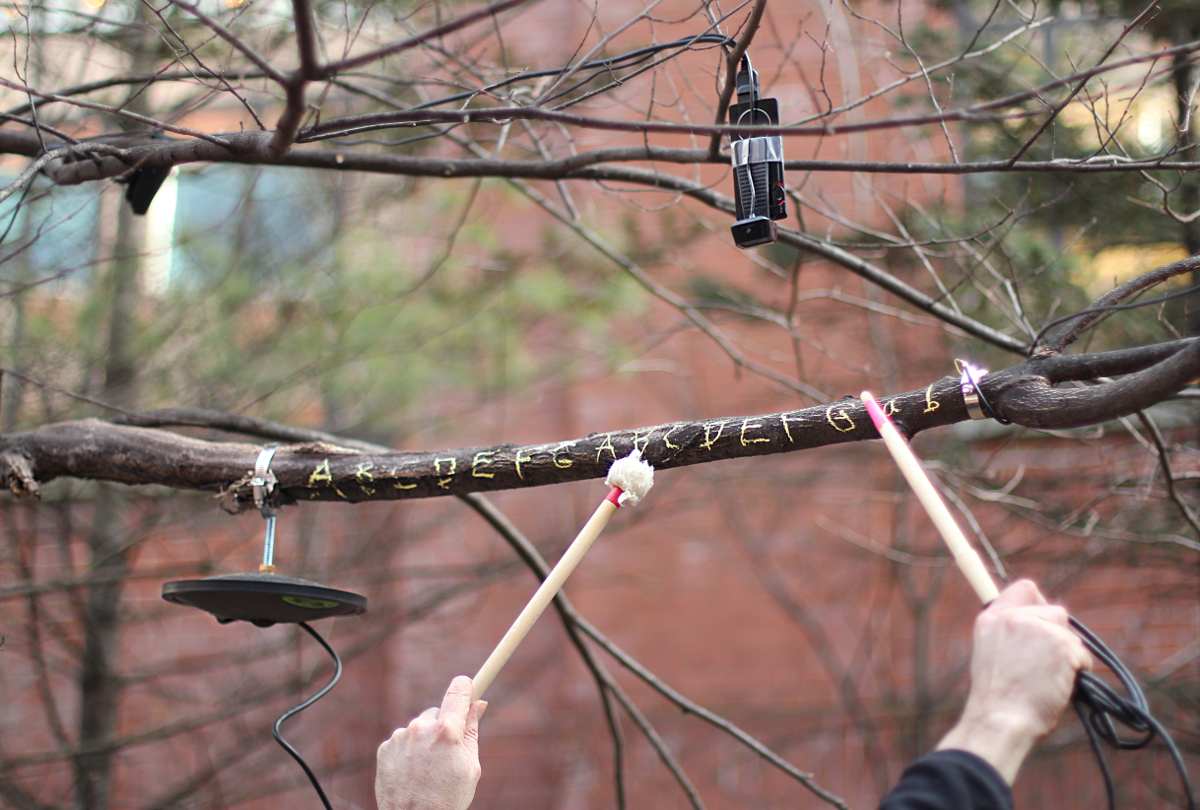
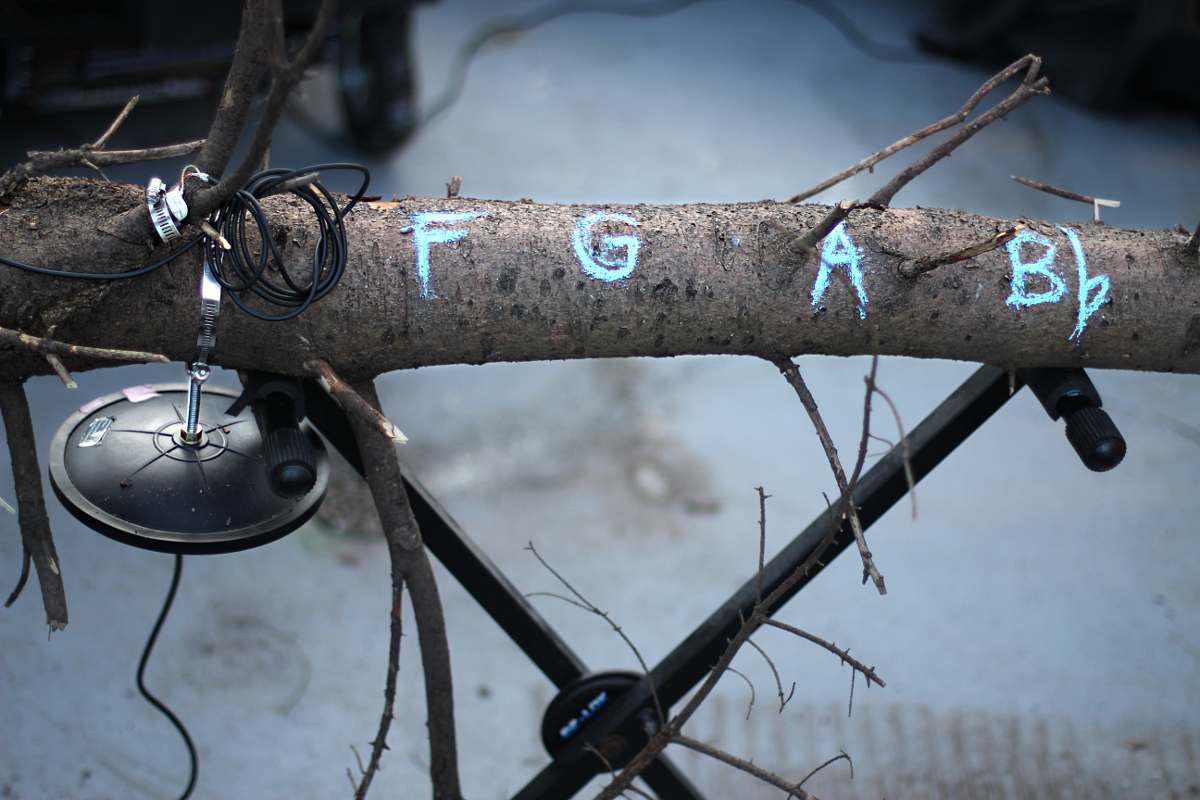
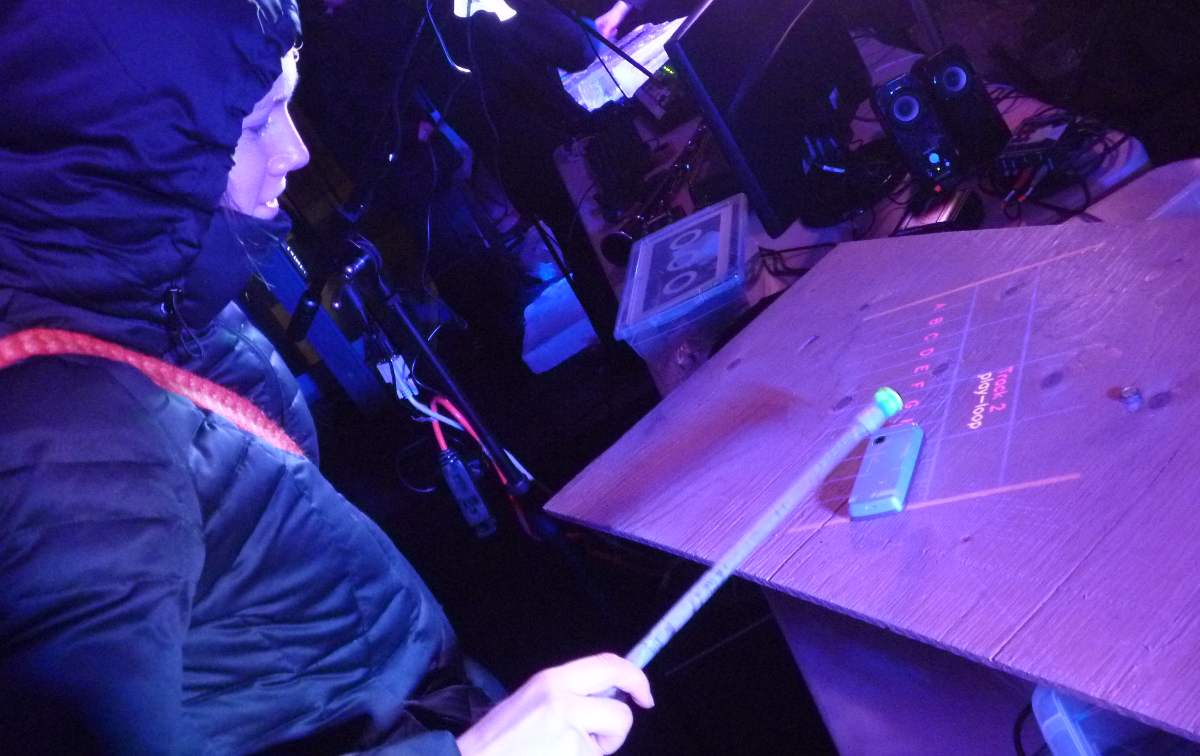
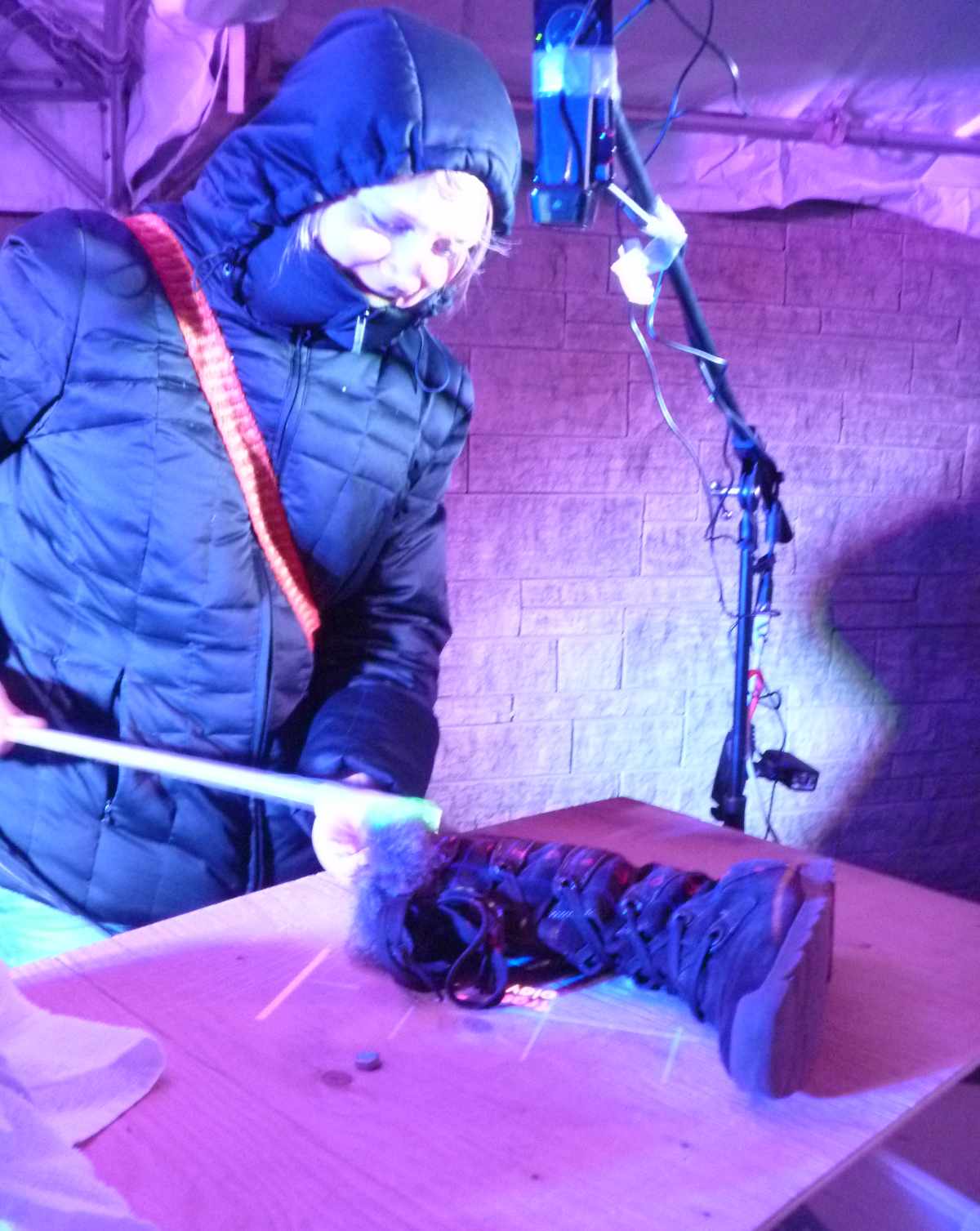
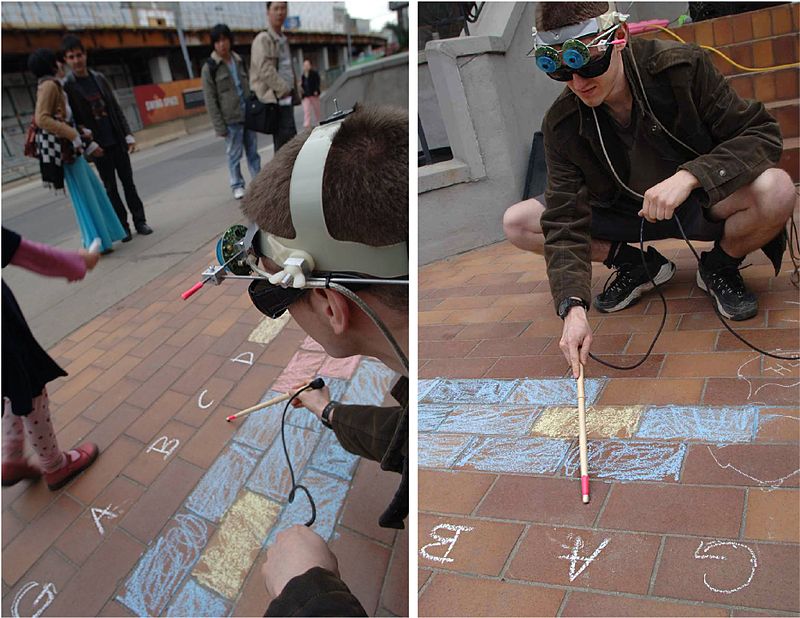
More generally, we can turn any surface into a user-interface for multimedia computing and data input!
For musical applications, hyperacoustic instruments are a class of truly acoustic, yet computational musical instruments. These interfaces and instruments are based on physiphones (where the initial sound-production is physical rather than virtual), which have been outfitted with computation and tactuation, such that the final sound delivery is also physical. The result is a highly-expressive musical instrument that gives a "sweet sound" and "sweet feel" for customers.